Scholl Peters house gone missing

By Tara V. Kohlenberg — I watch rooftops multiply daily as I look out from our house of more than 30 years. I will not lie. It is distressing. It truly makes me appreciate the beautiful well-built 100-plus-year-old buildings that grace our city. Being a native, I often wonder what has become of the many […]
Historic market of New Braunfels
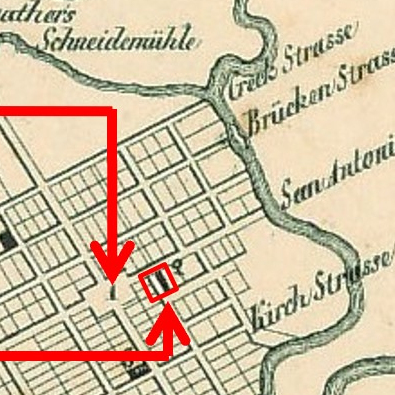
By Tara V. Kohlenberg — In this day and age, most everyone has heard of “planned communities.” They are essentially little towns (or subdivisions) that are perfectly engineered to have just the right ratio of houses to businesses to green space, carefully packaged to attract more people to a region. We see the advertisements all […]
Cool. Clear. Water.
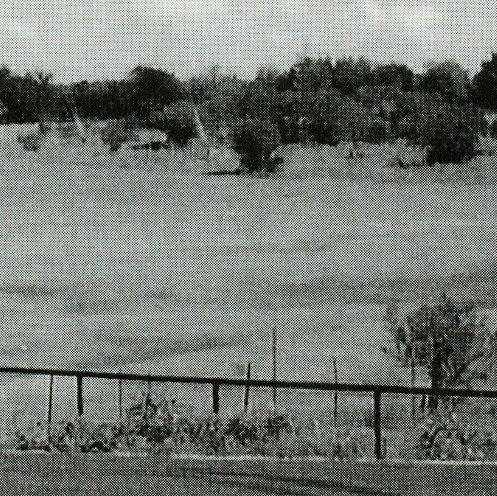
By Keva Hoffmann Boardman — We are here because of the Comal and the Guadalupe rivers. We have drunk it, powered mills and made electricity with it, and played in the beautiful water since 1845. Farmers and ranchers in Comal County also used the waters of the Guadalupe and the many little spring-fed creeks that […]
History among the ‘stones — Comal Cemetery
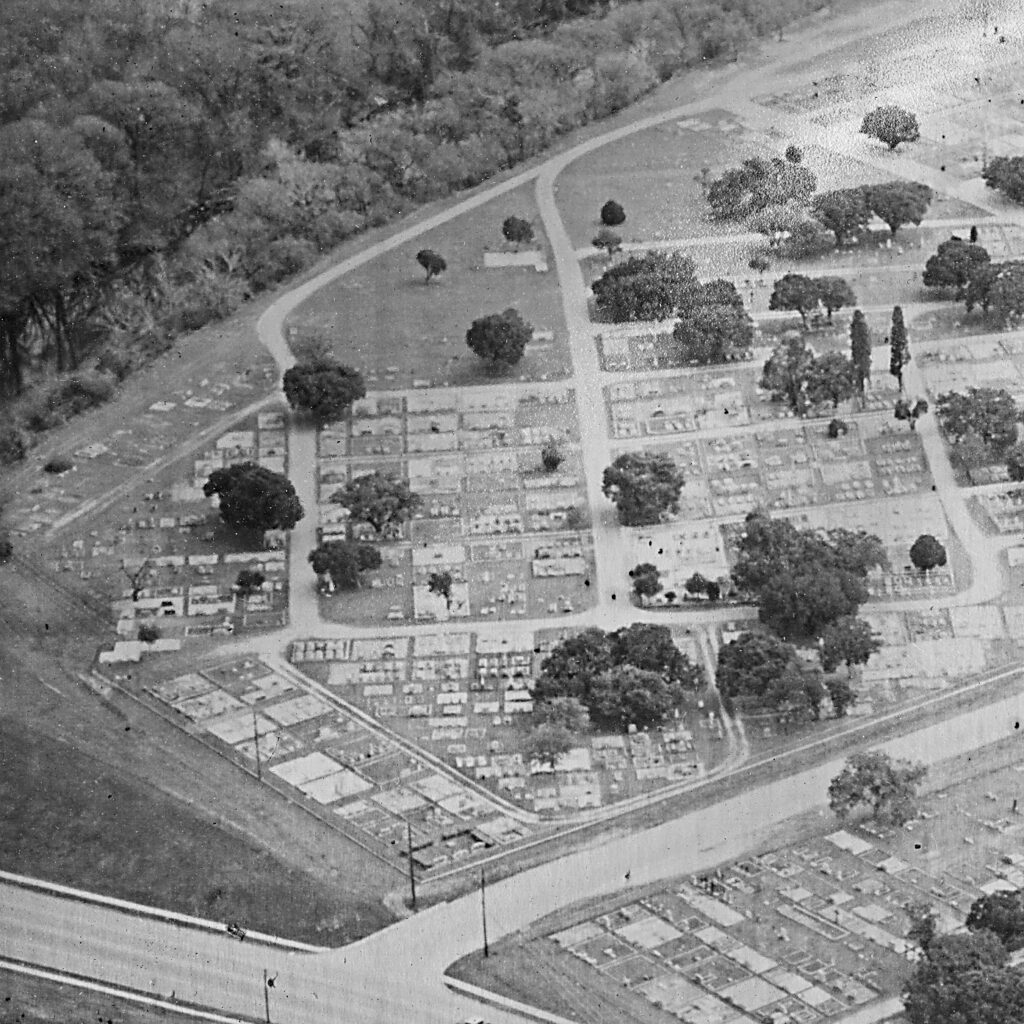
By Tara V. Kohlenberg — When I was in junior high school, I sometimes would tag along with my dad when he drove my Oma to Comal Cemetery. She tended my Opa’s grave twice a month. While they were scraping the dirt and replacing the flowers, I would wander through the gravestones. It may sound […]
“Tante Emmie”
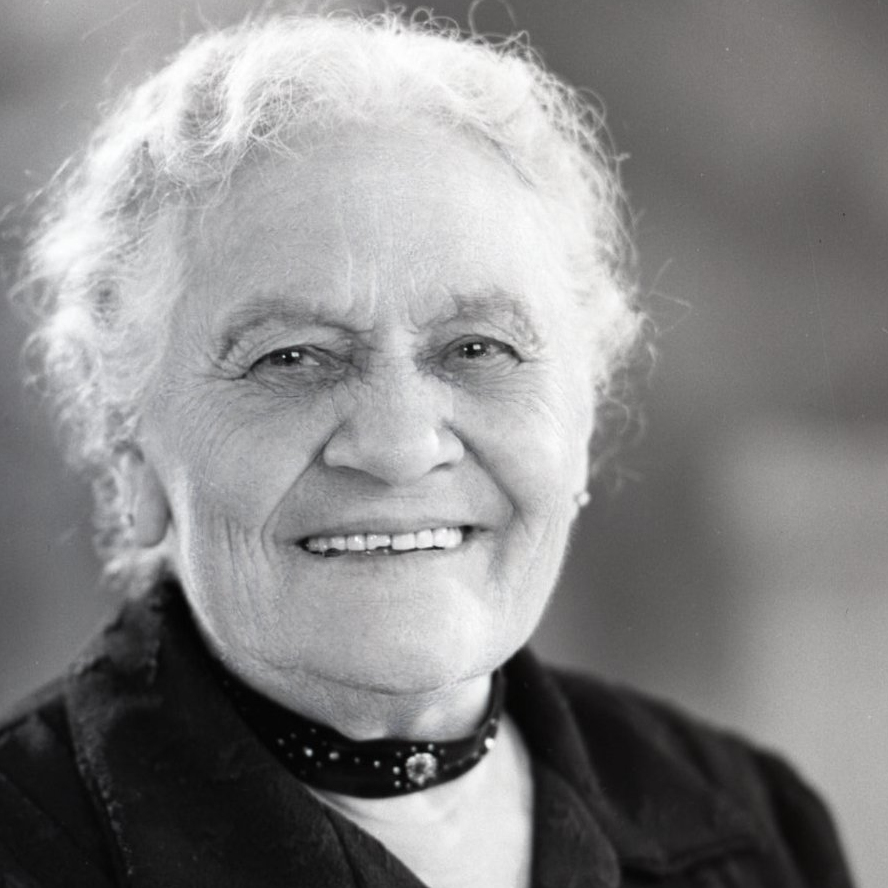
By Keva Hoffmann Boardman — Emmie was not just any little girl. Born Sept 15, 1867, she was the daughter of civic and cultural leader Hermann Seele and his wife Mathilde nee Blum. Much was expected of Emmie. Hermann Seele was known as “The Soul of New Braunfels”, a name given him in honor of […]
One heck of a House story
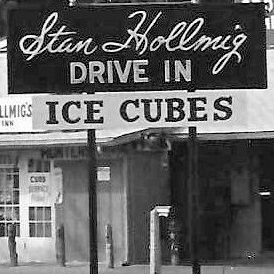
By Tara V. Kohlenberg — Okay, time for another House story. This House is not a stately manor made of brick, (or straw or wood, nor is it coveted by a wolf). This House is of flesh and blood. Umm, no, not horror movie style. Today’s story is about George House and the property located […]
History is everywhere
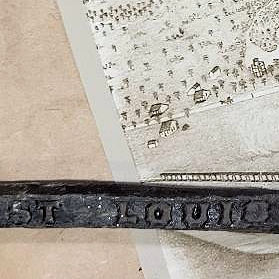
By Keva Hoffmann Boardman — This past March I was in Macedonia, Greece with my eldest daughter. No matter where we walked the ground was literally littered with history — bits of marble, colored tesserae from mosaics, tiny pieces of bronze and always, always pieces of pottery. History was everywhere. I remember going to elementary […]
Chute! Remember where Clemens Dam and Stinky Falls were located?
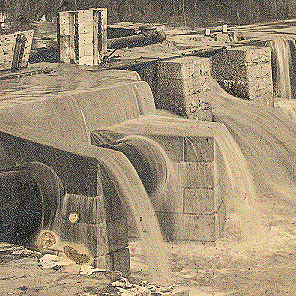
By Myra Lee Adams Goff (Reprise August 9, 2006) — One hundred and one years ago H.D. Gode bought the first automobile here in New Braunfels. Most citizens believed this contraption would never replace the horse and buggy. Well, at least we don’t have horse and buggy traffic jams on IH 35. I’m trying to […]
Early German immigrants faced tough times at Christmas
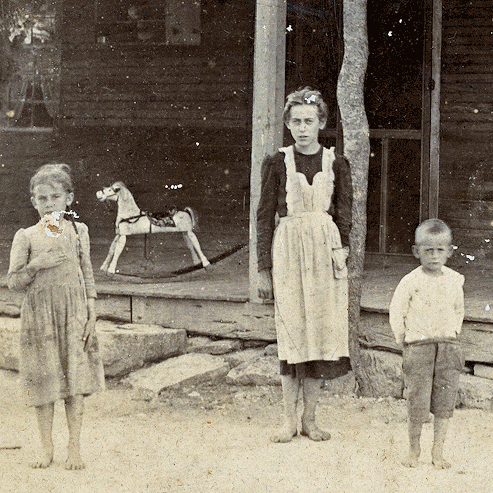
By Myra Lee Adams Goff — The year is 1849, just five years after the first emigrants arrived on the Texas coast. Hermann Seele has been invited to spend December 26th with Pastor L.C. Ervendberg, his wife Luise, their five children, and the 19 orphans left parentless by the devastating immigration conditions beginning in 1846. The […]
New Braunfels had a poor farm

By Tara V. Kohlenberg — As a child, were you ever told that wanting a special toy or dress or bike would land the whole family on the poor farm? I’m not sure it was said specifically to me, but I have heard it said. I wondered where these farms were and who had to […]





